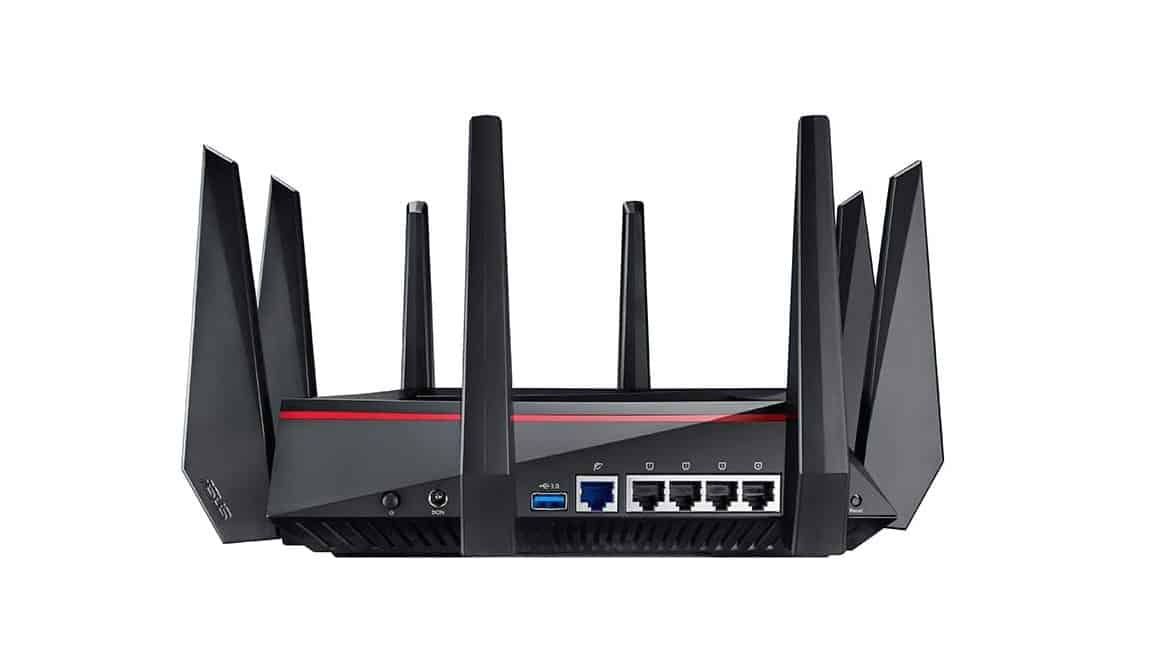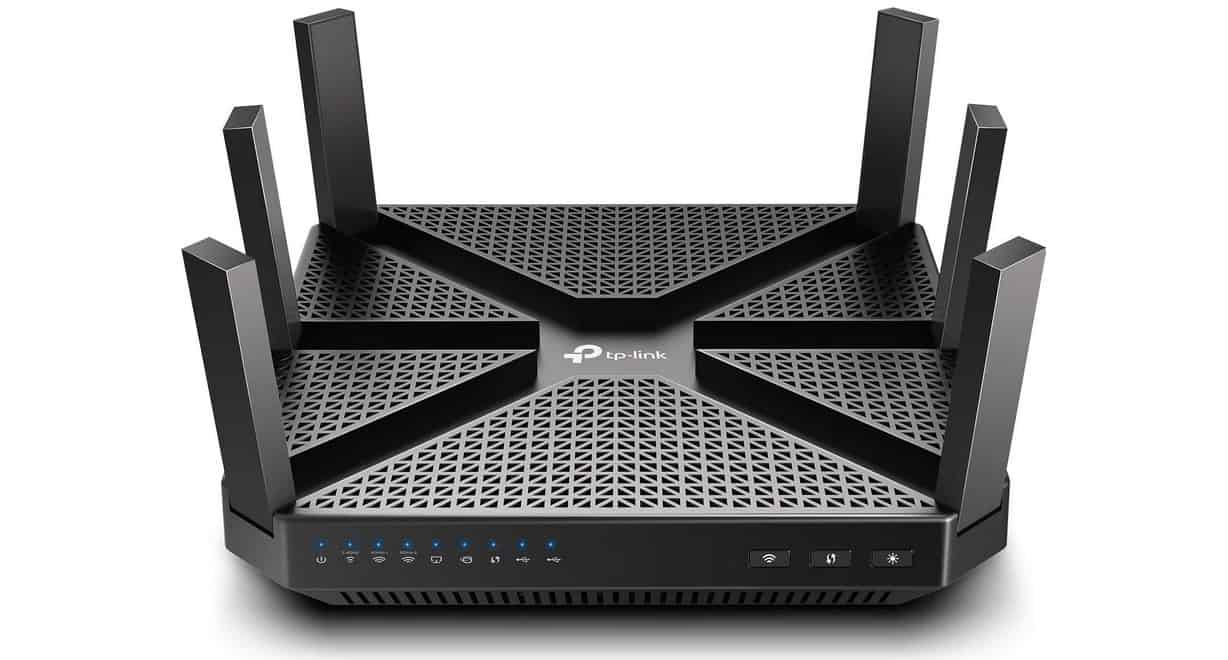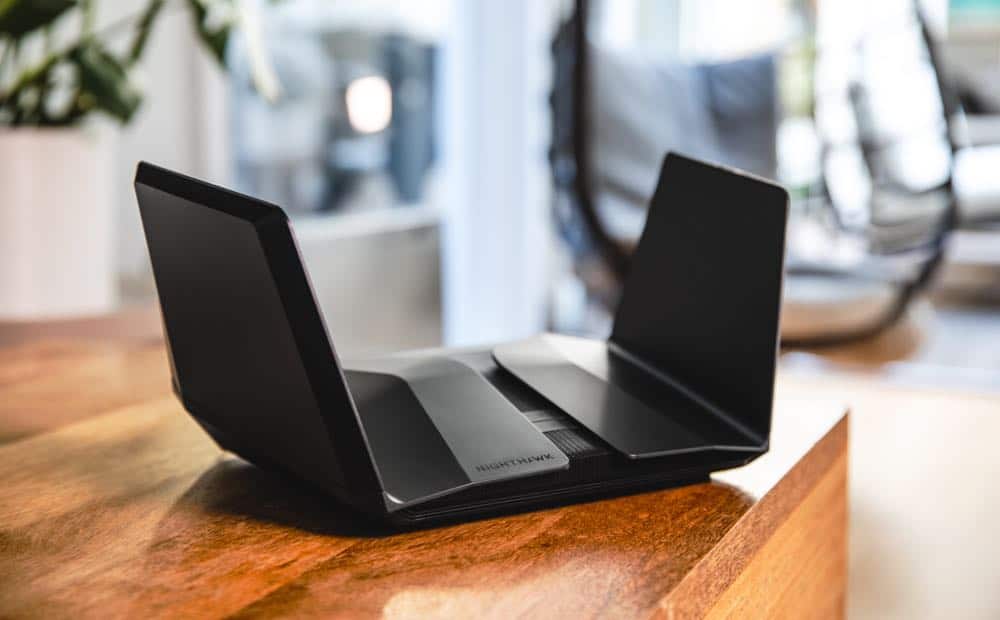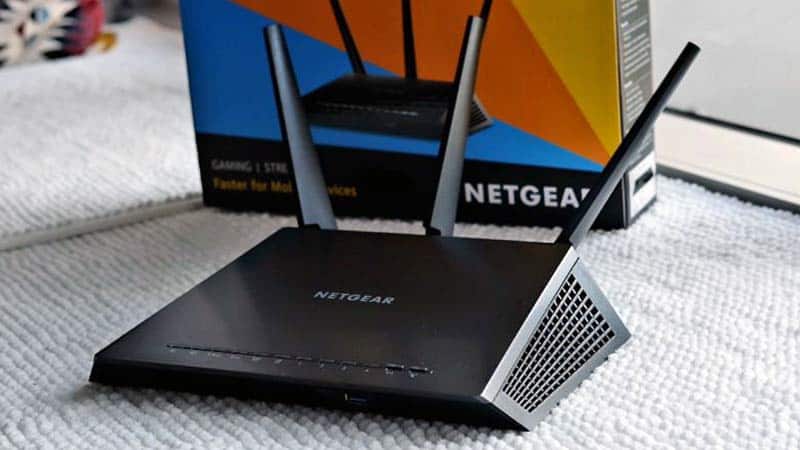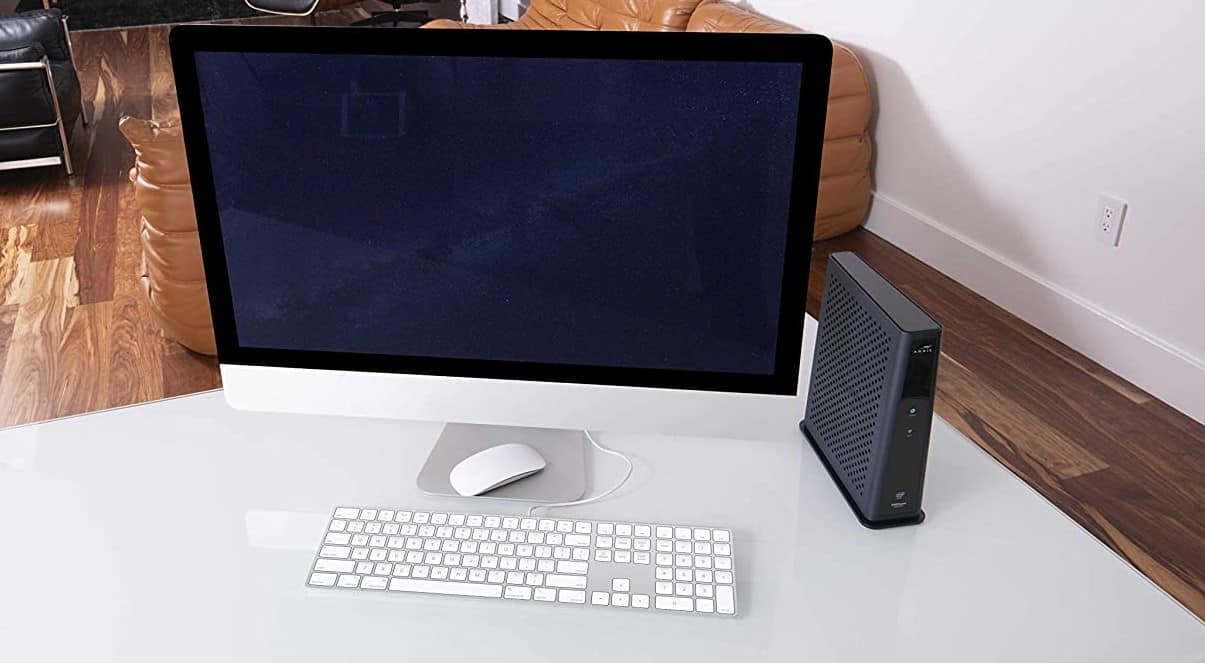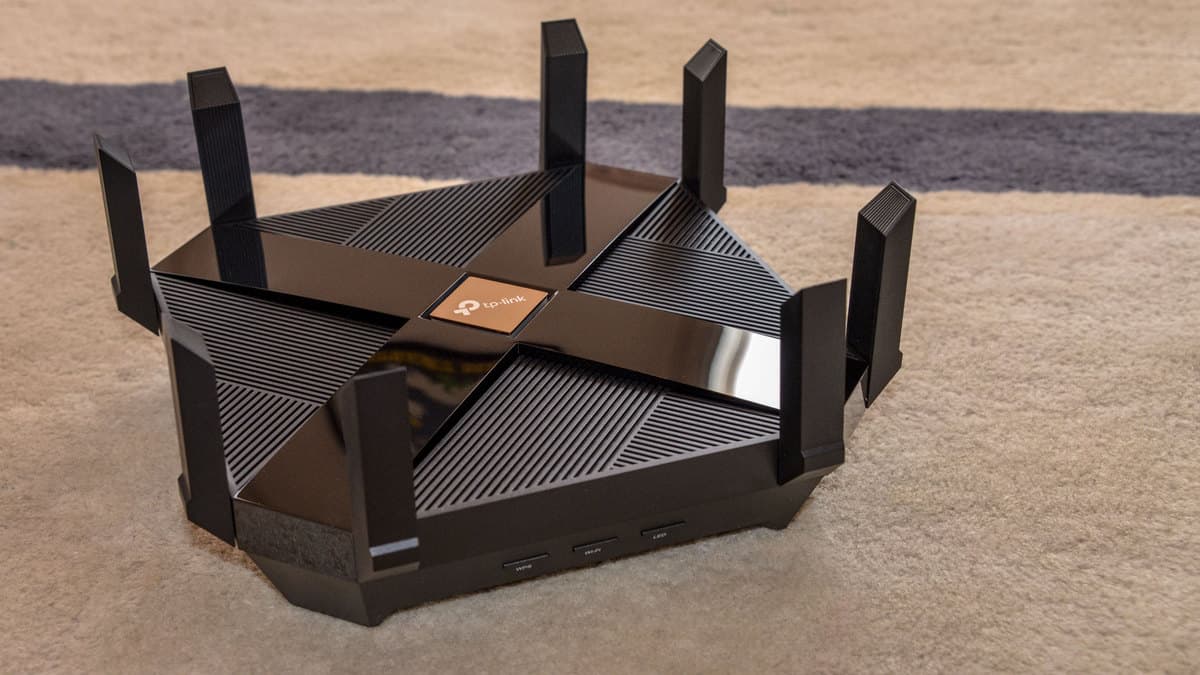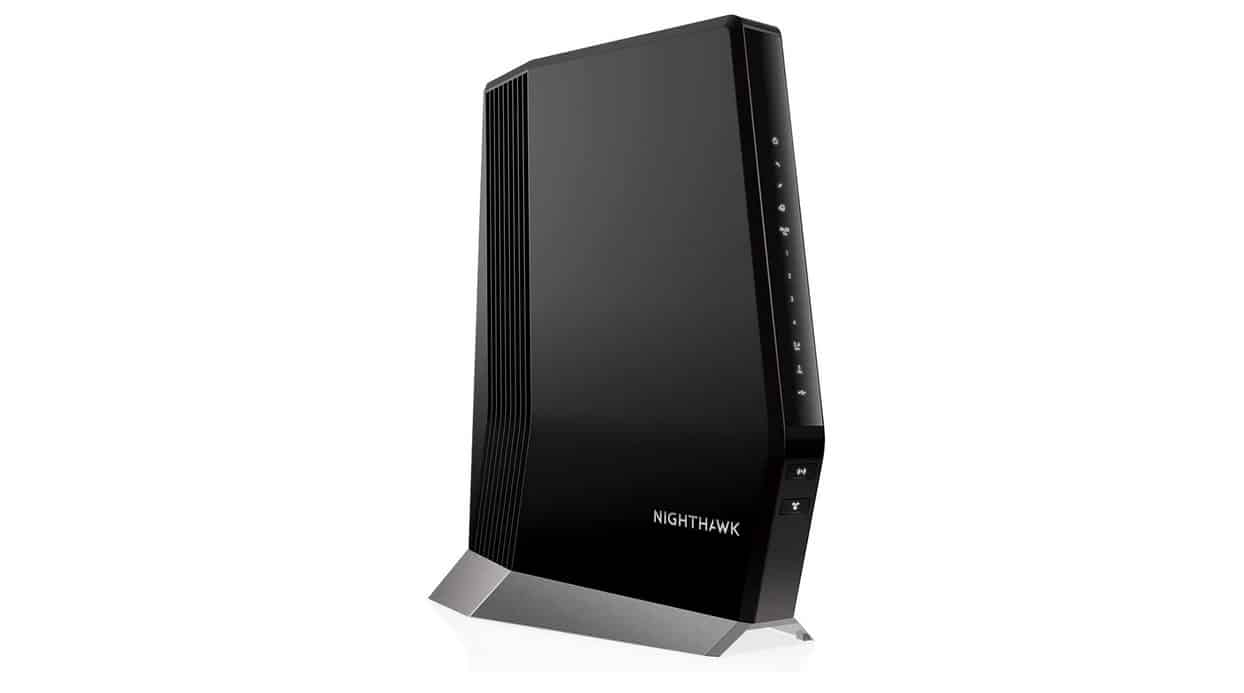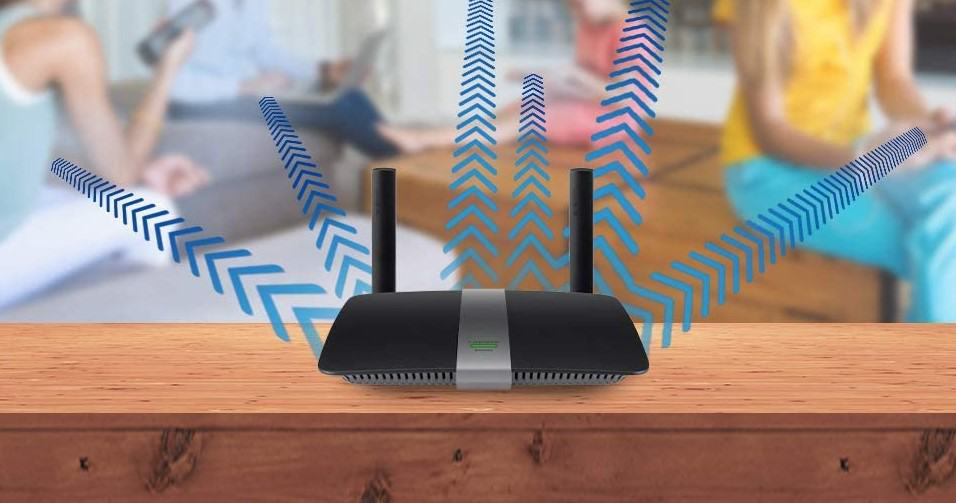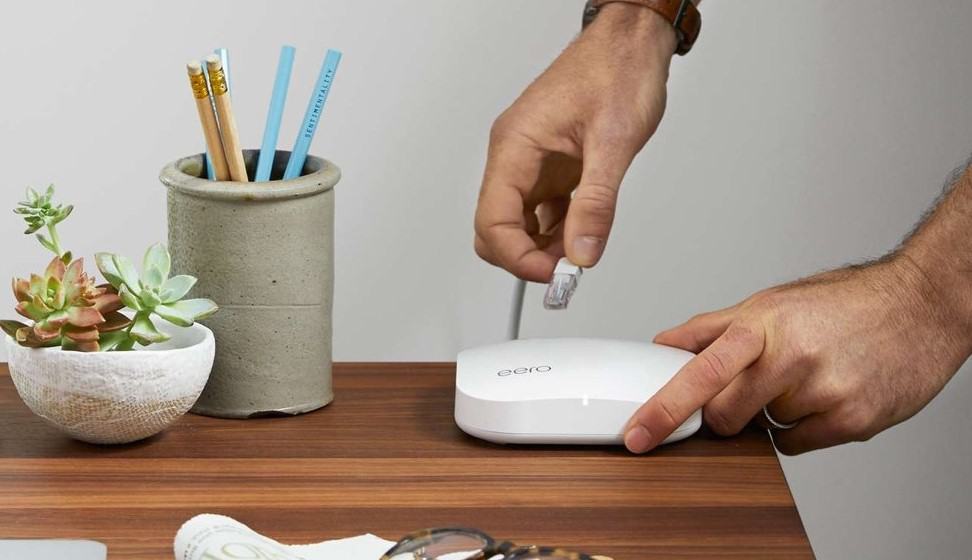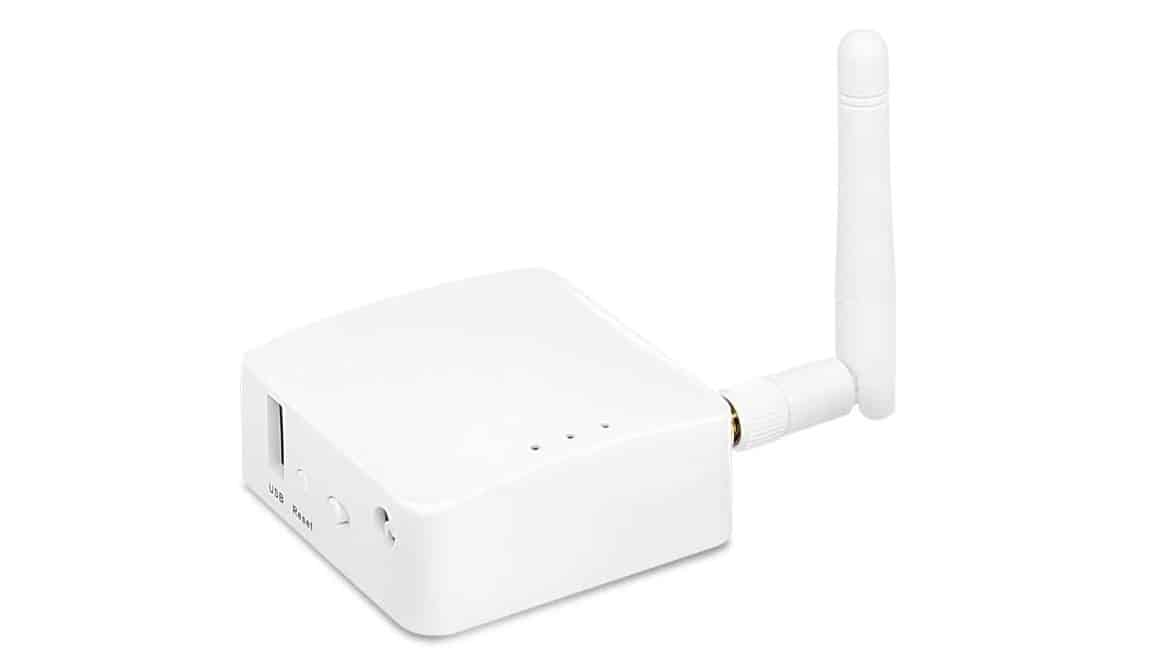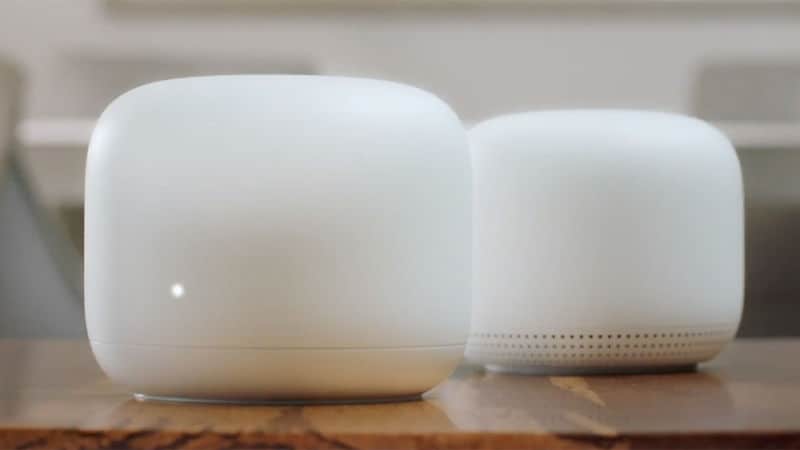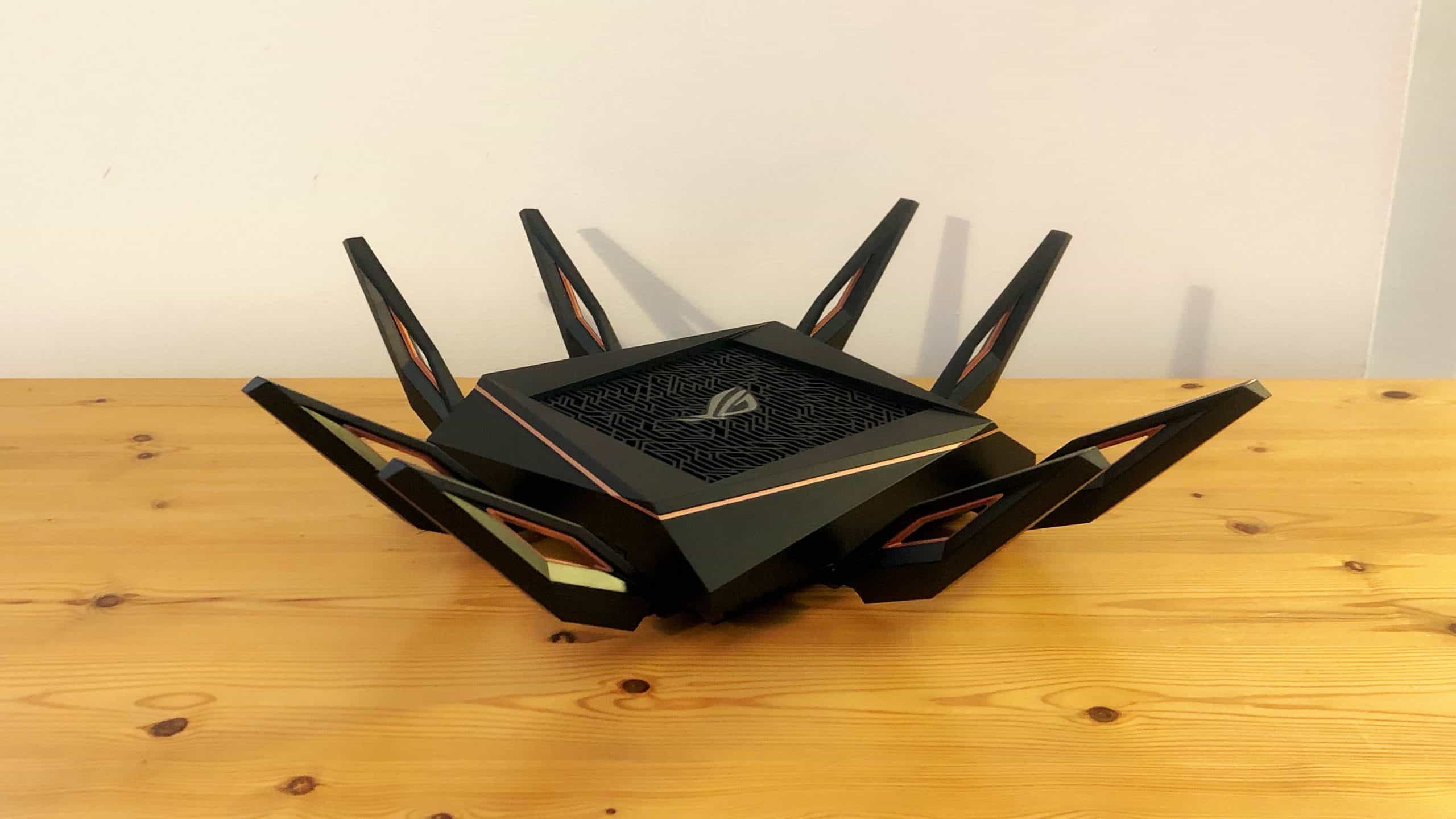If you are experimenting with the advanced features of your wireless network, you may wonder how to set up a router as a bridge. The best routers, after all, can typically be bridged together. So why would you bridge a router and how to do it? Keep reading to find out.
KEY TAKEAWAYS:
- Connecting two routers together wirelessly is known as bridging and this wireless bridge mode increases the range of your wireless network and the efficiency of your Internet connection.
- Activate a wireless bridge mode by accessing the settings on both your primary wireless router and a secondary router.
- Make sure your secondary router supports bridging or network mode to get wireless bridge mode to work.
Why Bridge Together Two Routers?
The primary reason to bridge together two routers is to increase the maximum range of your wireless network. This is particularly useful if you notice some dead spots around the home where you struggle to receive Internet connections for mobile devices. Router bridging increases the range, efficiency, and bandwidth, including more perks in line with when you learn the definition of a UPnP router.
Insider Tip
Other options to increase your wireless range include using a mesh router or a wireless range extender.
How to Bridge WiFi Routers
The process here will differ slightly depending on the make and model of your routers, such as when you learn how to scan a router for malware. With that said, however, we have tried to keep these guidelines as universal as possible.
STEP 1
You will need two routers for this, one acting as your primary device and the other as your secondary device. Check the secondary router’s instructions to ensure it supports “bridge mode” or “network bridge mode.” If it does not support a bridge mode, you won’t be able to use it for this. Think about switching primary and secondary routers instead.
STEP 2
Connect the primary router to your computer with an Ethernet cable. Once connected, access the admin panel by typing in the public IP address, otherwise known as the static IP address, into a web browser’s address bar.
STEP 3
Enable DHCP in the settings menu of the primary router. Write down pertinent details, such as IP address, password, SSID, channel number, and the wireless band for later. Save your changes and disconnect the router from the computer.
STEP 4
Connect the secondary router to your computer using the same Ethernet cable. Once connected, access the admin panel by typing in the public IP address into a web browser’s address bar.
STEP 5
Enable bridging on the secondary router, which is a setting found in “network settings” or “advanced settings.” Choose an appropriate public IP address that is similar but not identical to the one found with your primary router. It doesn’t matter which address your choose.
STEP 6
That’s it! Save your changes and try out the network to see if your range has increased.
F.A.Q.S
Where to find your model number?
The model number of your primary router or secondary router should be on a sticker on the exterior of the device. Otherwise, use a mobile device to perform a web search.
How do I bridge my modem/router combo device?
If you have a combo device, use this as your primary router, though you’ll still need a secondary router to act as a wireless bridge. Otherwise, the process should be the same and should work with the original firmware to allow an increased wireless range to connected devices.
Do Google Nest WiFi and Google WiFi support bridge mode?
In most cases, Google products support bridge mode, but the features may be hampered if using a mesh router as your primary router.
STAT: Many newer routers include WDS or Wireless Distributed Services to create multiple Access Points on a single network with a single name. (source)
REFERENCES:
- https://kb.netgear.com/000028987/When-to-put-modem-into-bridge-mode
- https://www.xfinity.com/support/articles/wireless-gateway-enable-disable-bridge-mode
- https://kb.netgear.com/24105/What-is-bridge-mode-and-how-do-I-set-it-up-on-my-Nighthawk-routerr
- https://www.purevpn.com/blog/what-is-bridge-mode/
- https://support.eero.com/hc/en-us/articles/207613176-How-do-I-bridge-my-modem-router-combo-device-

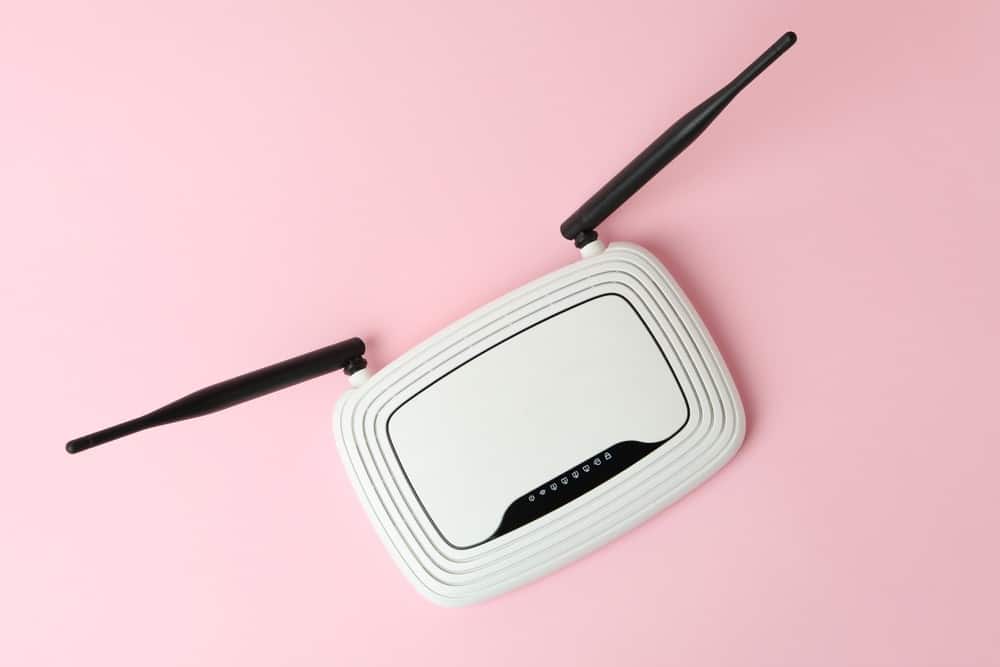













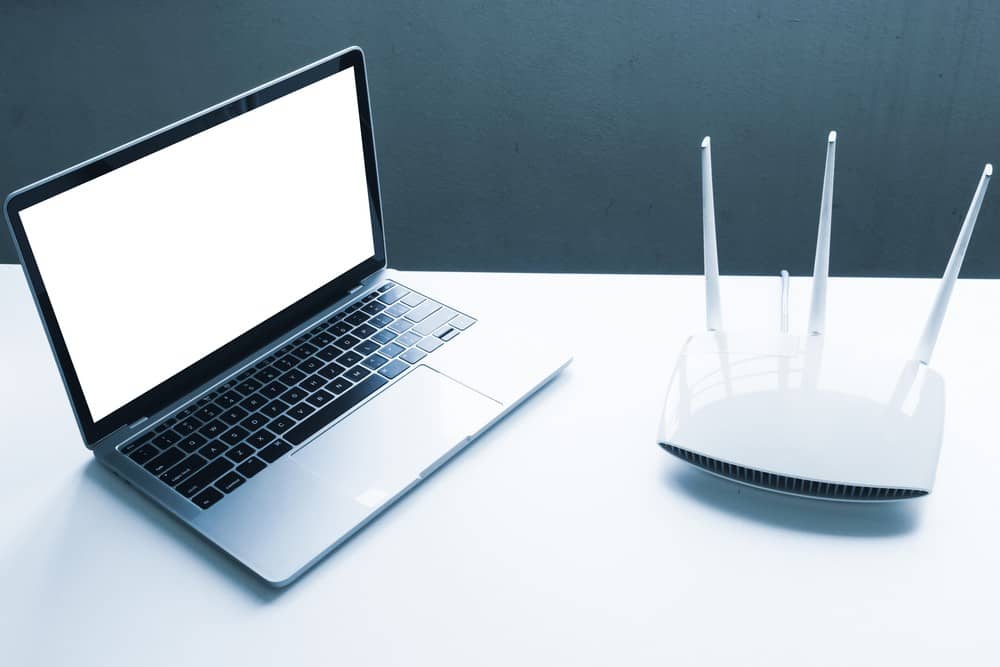
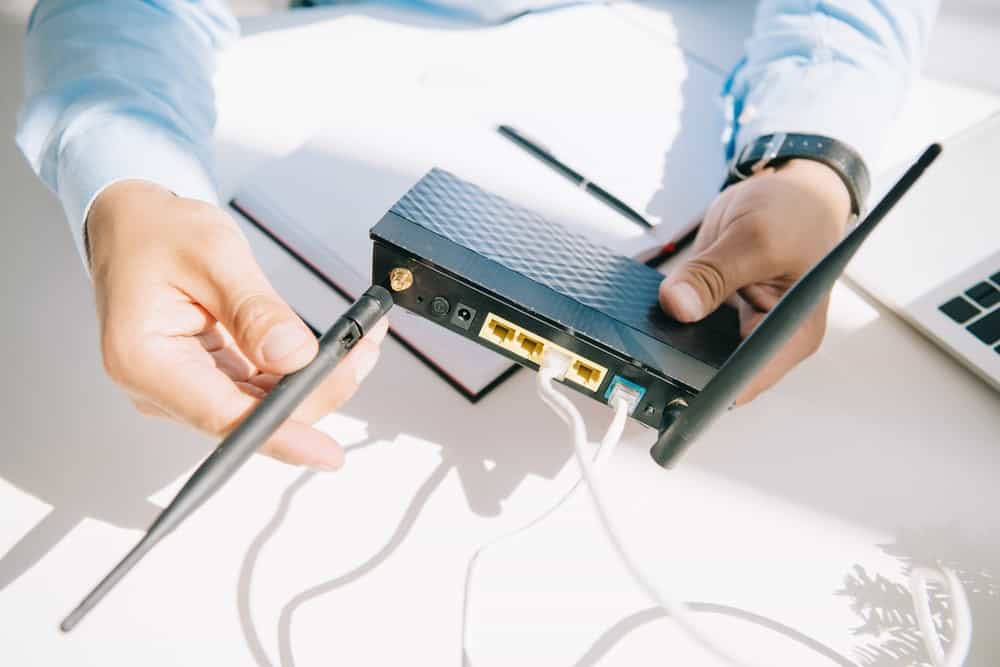
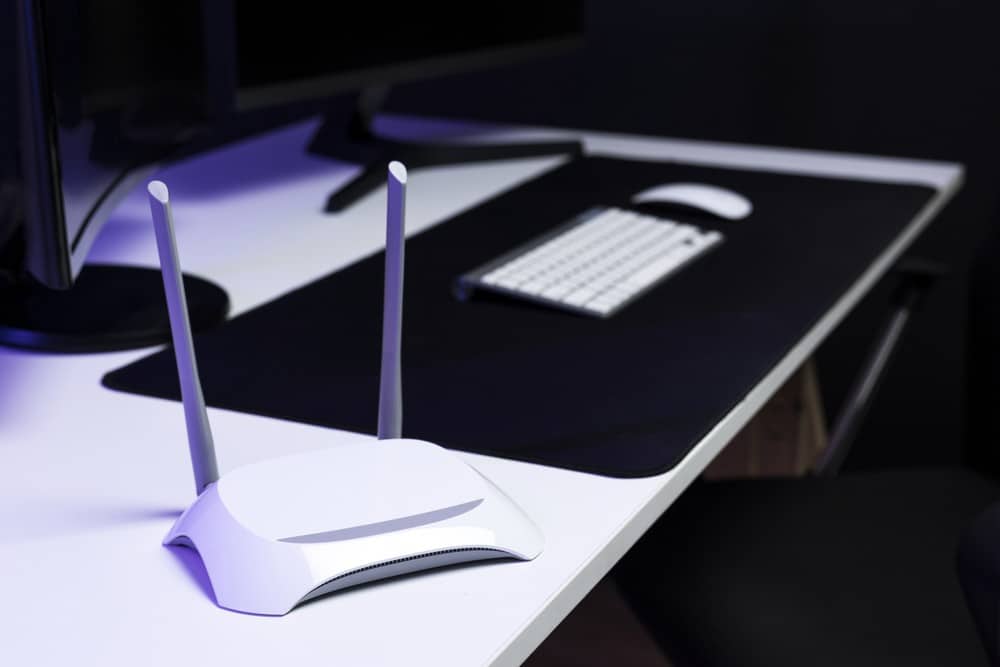
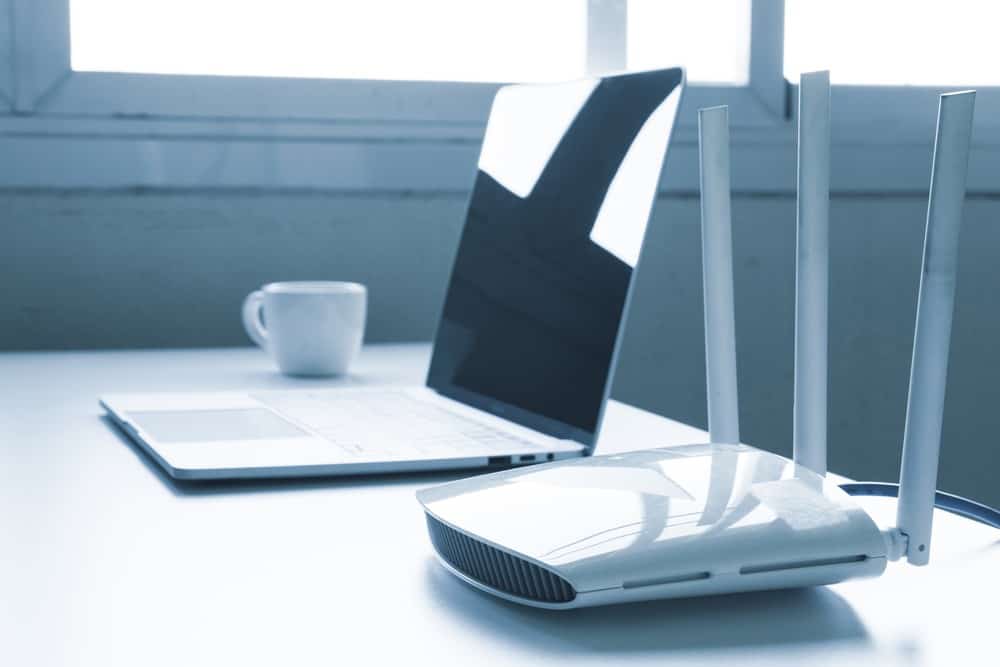

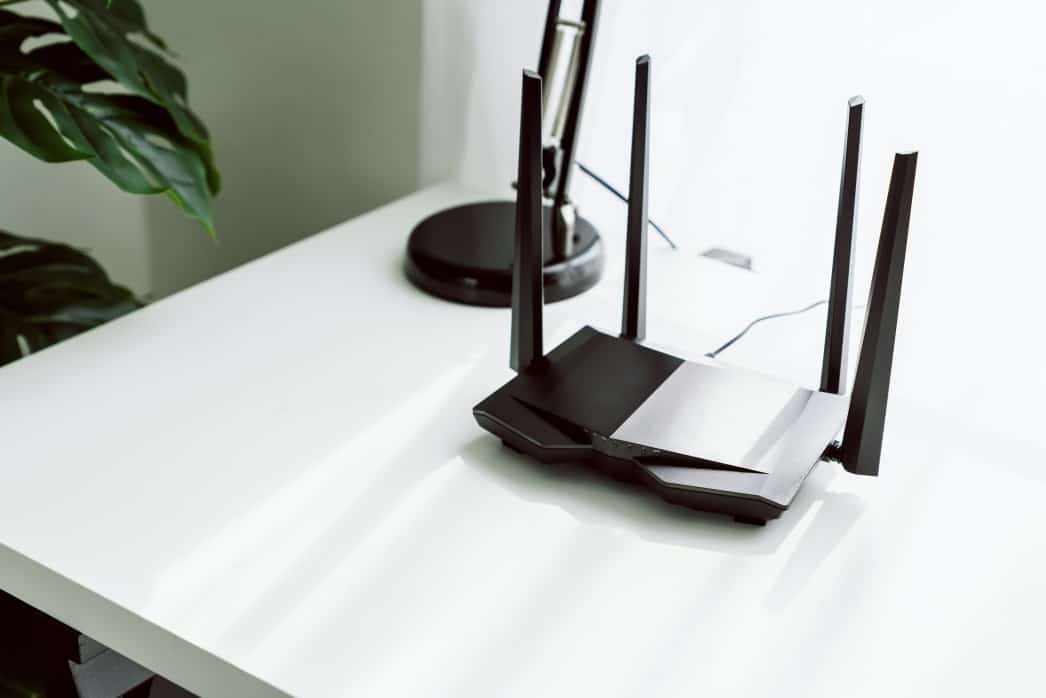
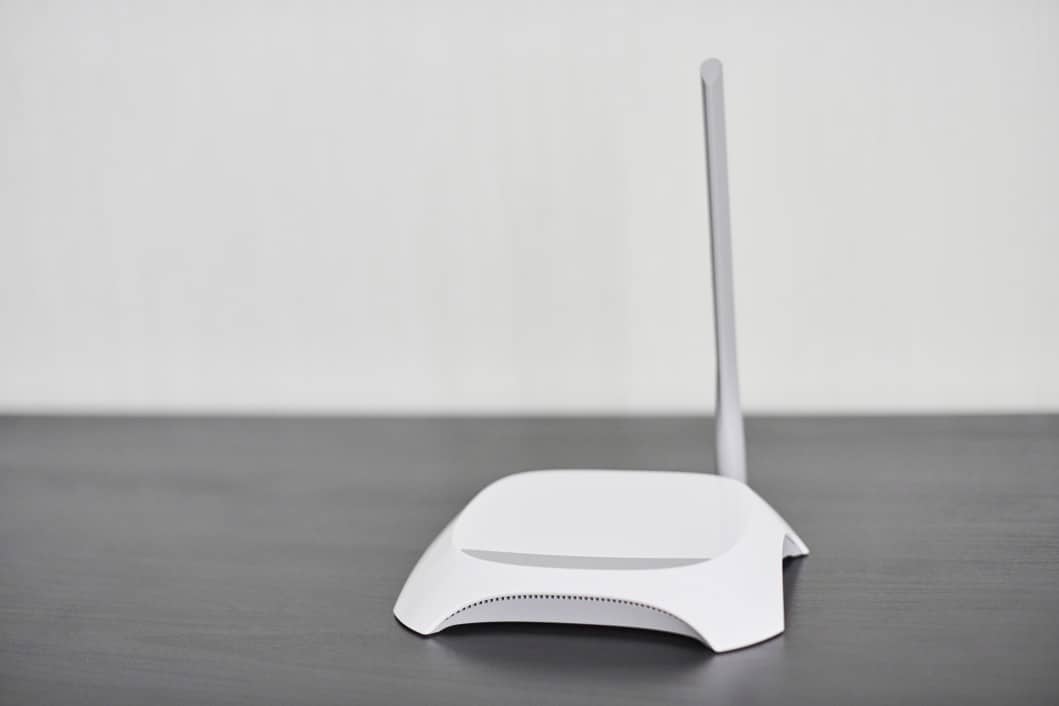

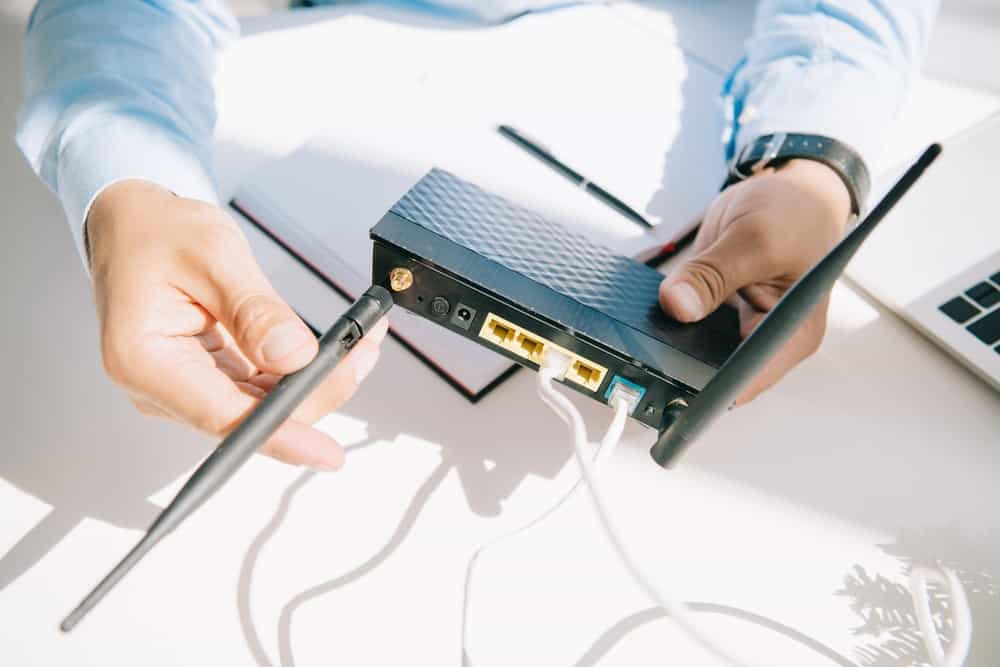

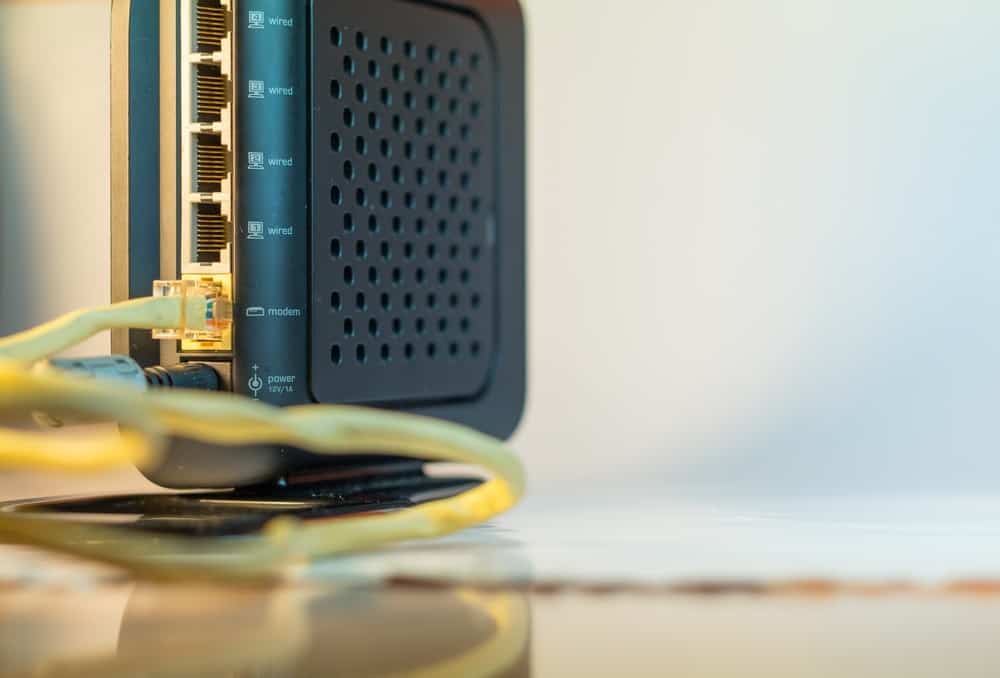

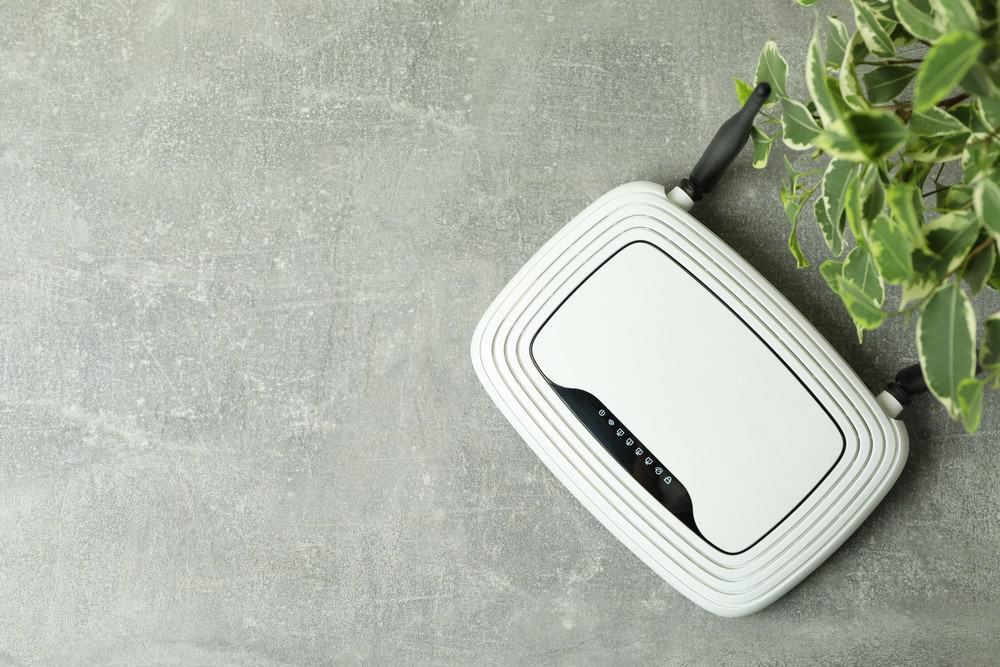
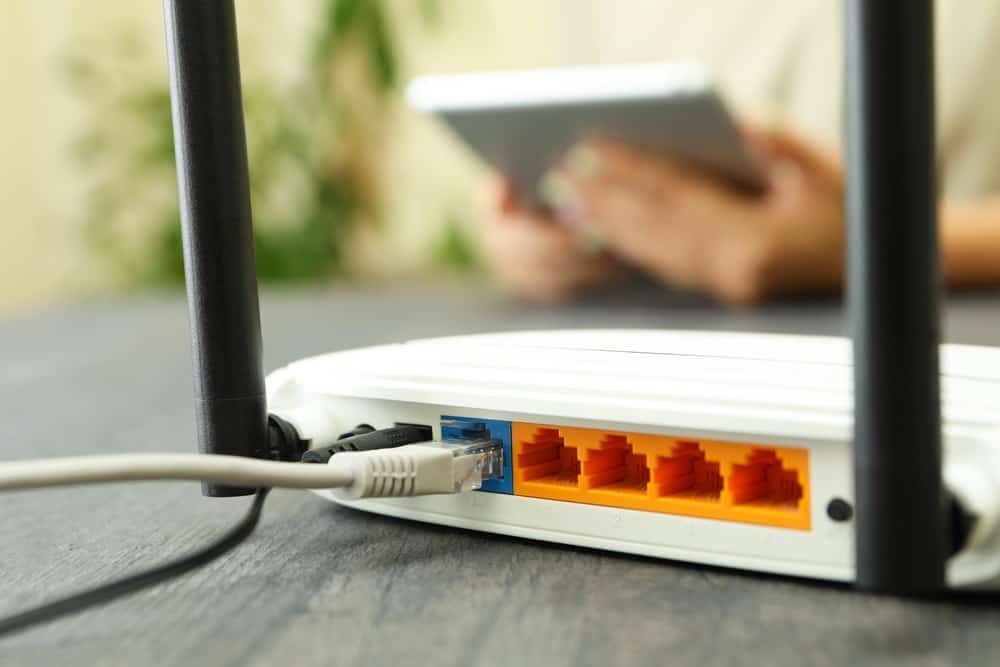
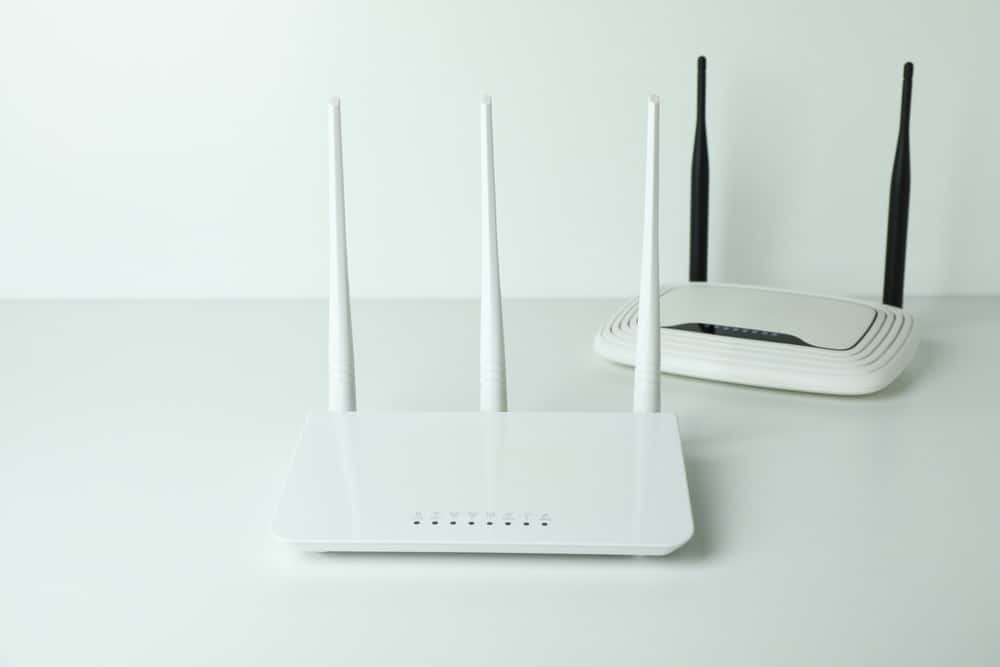
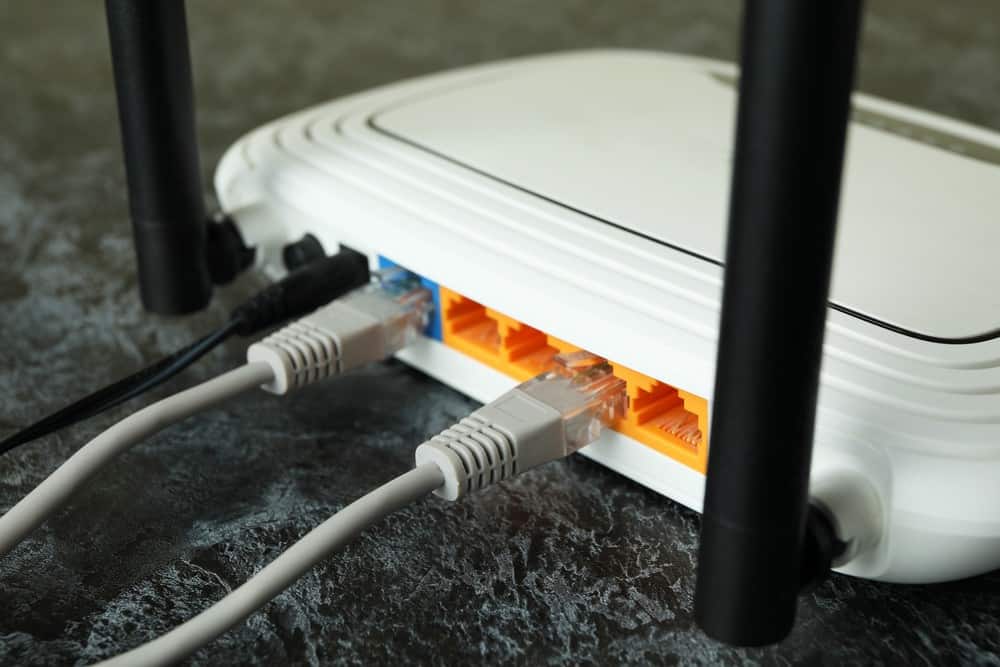
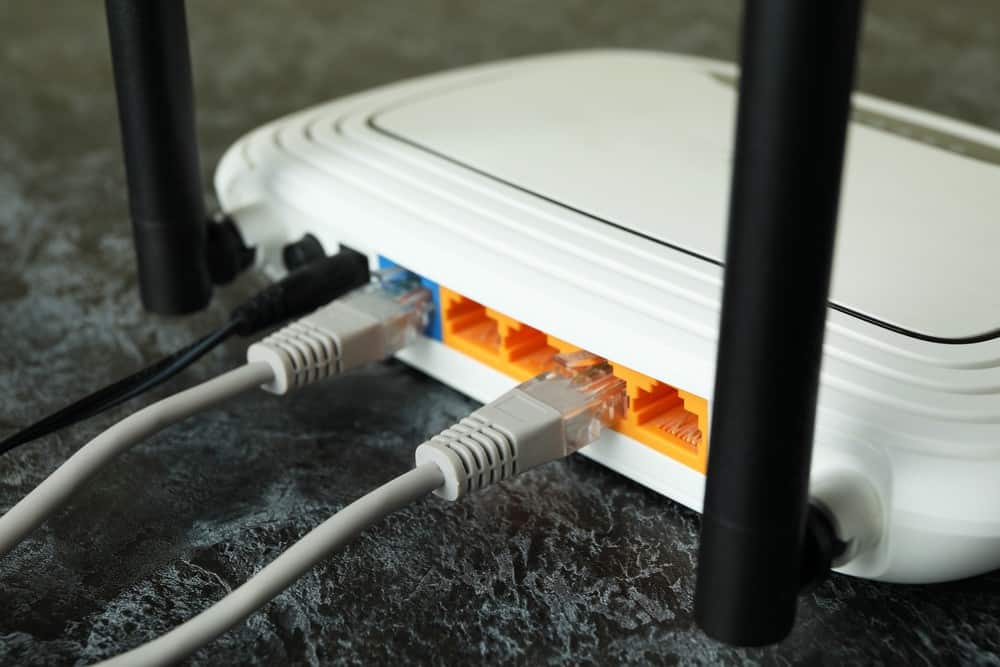
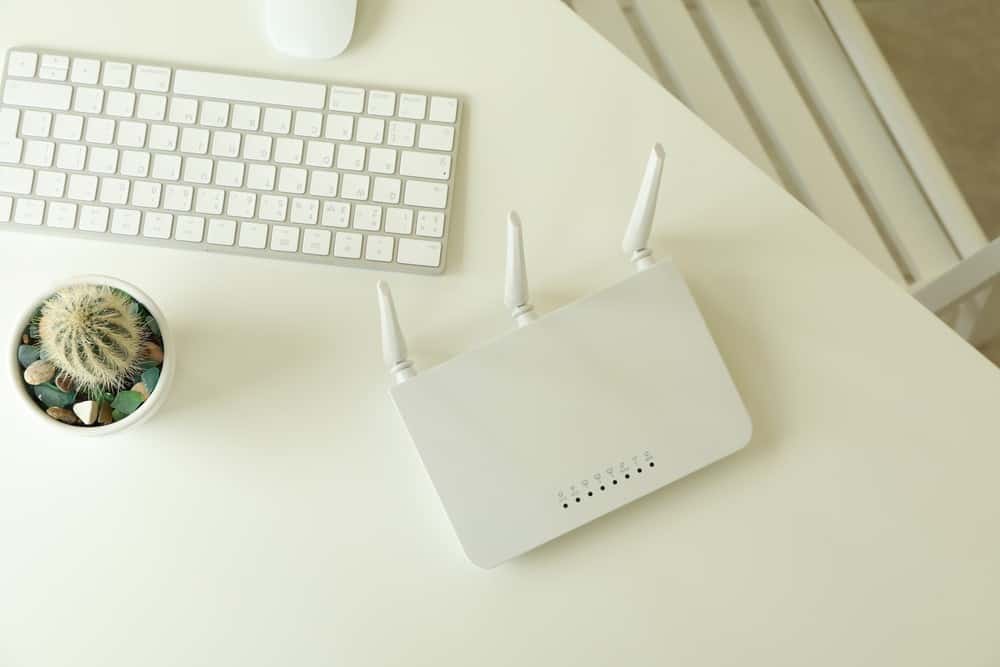
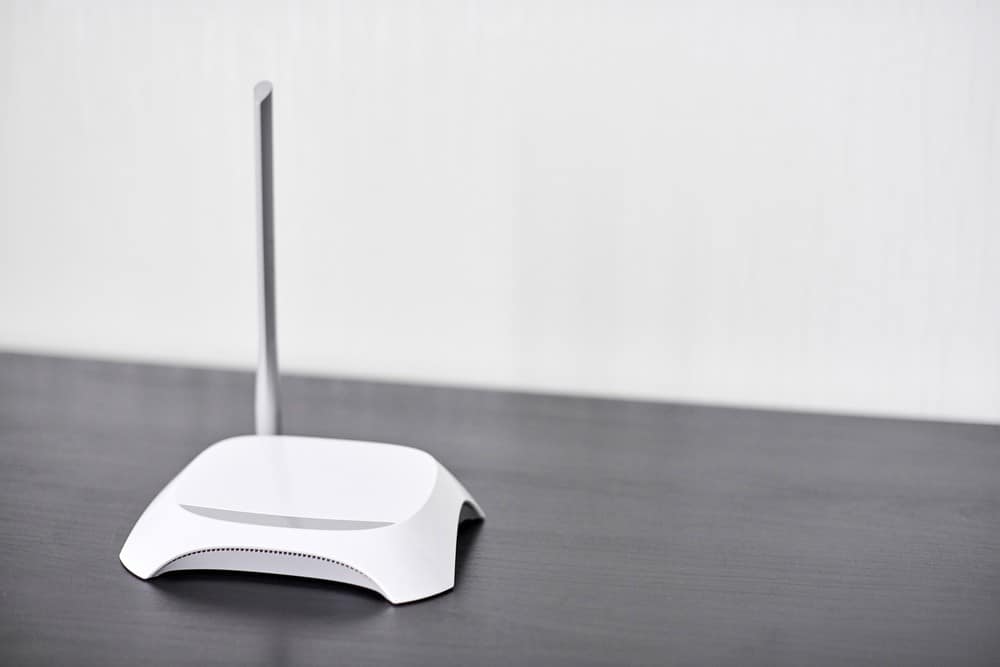
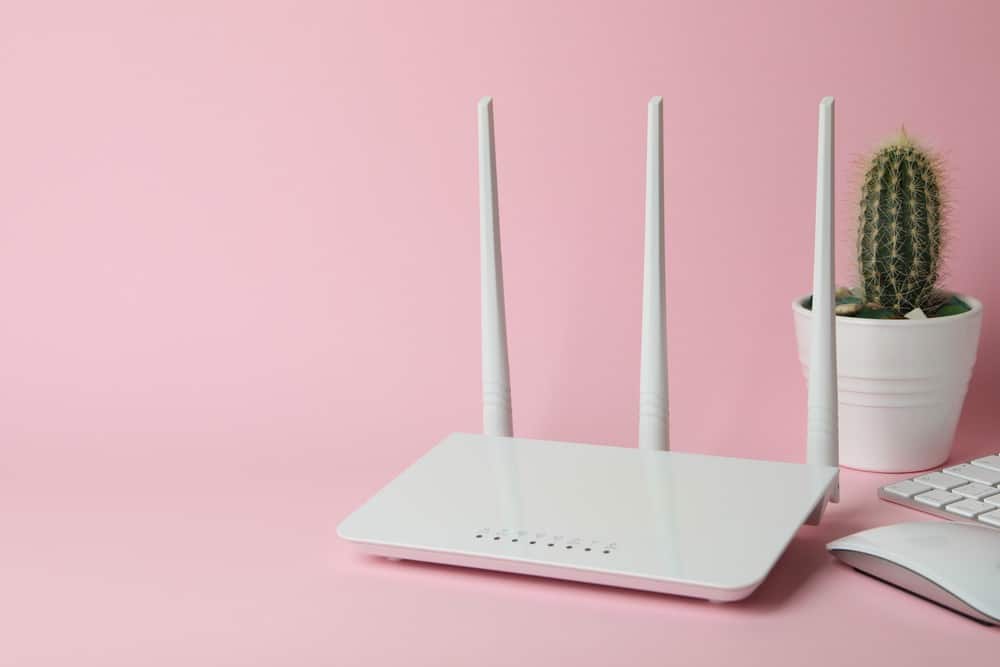
![Best BenQ Monitors in [year] 27 Best BenQ Monitors in 2026](https://www.gadgetreview.dev/wp-content/uploads/best-benq-monitor-image.jpg)
![Best Wifi Extenders For FiOS in [year] 28 Best Wifi Extenders For FiOS in 2026](https://www.gadgetreview.dev/wp-content/uploads/best-wifi-extender-for-fios-image.jpg)
![Best Fiber Optic Routers in [year] 29 Best Fiber Optic Routers in 2026](https://www.gadgetreview.dev/wp-content/uploads/best-fiber-optic-router-image.jpg)
![Best VoIP Routers in [year] 30 Best VoIP Routers in 2026](https://www.gadgetreview.dev/wp-content/uploads/best-voip-router-image.jpg)
![Best Routers for 200Mbps in [year] 31 Best Routers for 200Mbps in 2026](https://www.gadgetreview.dev/wp-content/uploads/best-router-for-200mbps-image.jpg)
![Best Routers for Optimum in [year] 32 Best Routers for Optimum in 2026](https://www.gadgetreview.dev/wp-content/uploads/best-router-for-optimum-image.jpg)
![Best Routers for Apple in [year] 33 Best Routers for Apple in 2026](https://www.gadgetreview.dev/wp-content/uploads/best-router-for-apple-image.jpg)
![Best Routers for Frontier FIOS in [year] 34 Best Routers for Frontier FIOS in 2026](https://www.gadgetreview.dev/wp-content/uploads/best-router-for-frontier-fios-image.jpg)
![Best Secure Routers in [year] 35 Best Secure Routers in 2026](https://www.gadgetreview.dev/wp-content/uploads/best-secure-router-image.jpg)
![Best Routers for Google Fiber in [year] 36 Best Routers for Google Fiber in 2026](https://www.gadgetreview.dev/wp-content/uploads/best-router-for-google-fiber-image.jpg)
![Best Routers for Cox in [year] 37 Best Routers for Cox in 2026](https://www.gadgetreview.dev/wp-content/uploads/best-router-for-cox-image.jpg)
![Best Asus Routers in [year] 38 Best Asus Routers in 2026](https://www.gadgetreview.dev/wp-content/uploads/best-asus-routers-image.jpg)
![Best Linksys Routers in [year] 39 Best Linksys Routers in 2026](https://www.gadgetreview.dev/wp-content/uploads/best-linksys-routers-image.jpg)
![Best Routers for CenturyLink in [year] 40 Best Routers for CenturyLink in 2026](https://www.gadgetreview.dev/wp-content/uploads/best-router-for-centurylink-image.jpg)
![Best WiFi Routers for Multiple Devices in [year] 41 Best WiFi Routers for Multiple Devices in 2026](https://www.gadgetreview.dev/wp-content/uploads/best-wifi-router-for-multiple-devices-image.jpg)
![Best Wired Routers in [year] 42 Best Wired Routers in 2026](https://www.gadgetreview.dev/wp-content/uploads/best-wired-router-image.jpg)
![Best Routers for 4K Streaming in [year] 43 Best Routers for 4K Streaming in 2026](https://www.gadgetreview.dev/wp-content/uploads/best-router-for-4k-streaming-image.jpg)
![Best Cisco Routers in [year] 44 Best Cisco Routers in 2026](https://www.gadgetreview.dev/wp-content/uploads/best-cisco-routers-image.jpg)
![Best eero Routers in [year] 45 Best eero Routers in 2026](https://www.gadgetreview.dev/wp-content/uploads/best-eero-routers-image.jpg)






